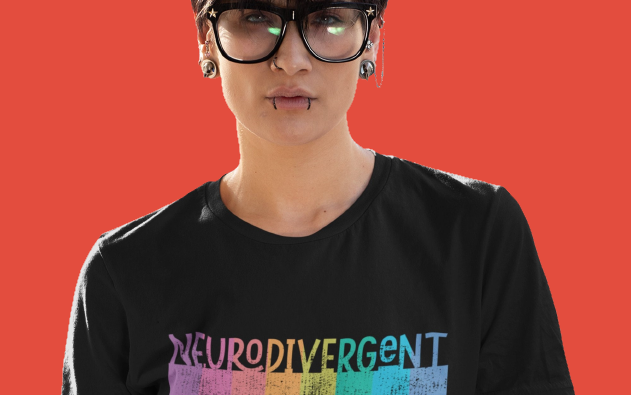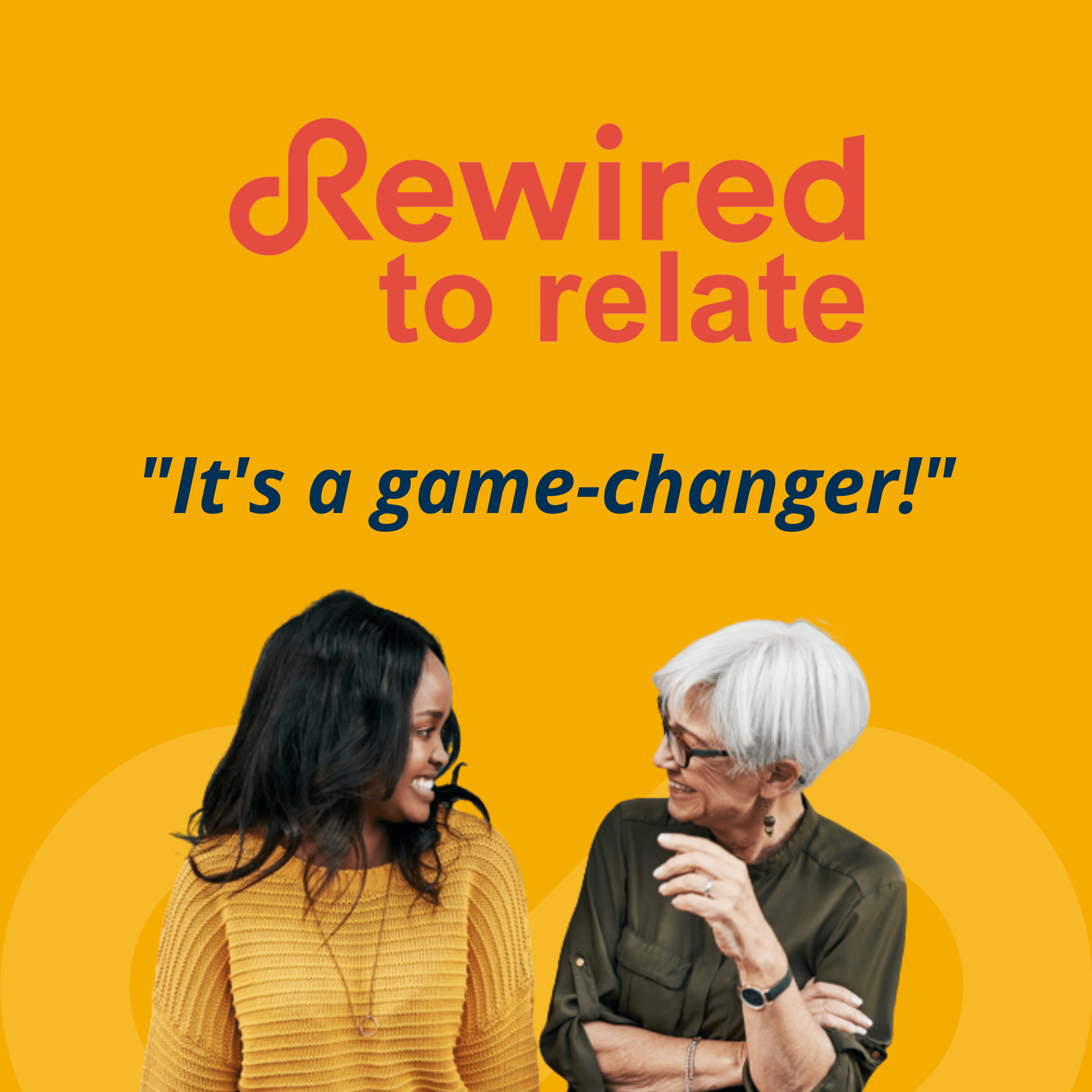
Let’s talk about neurodiversity and neurodivergent brains
Many people are born with slightly different brain wiring than what is thought of as normal (referred to as “neurotypical”). The different wiring, or “neurodivergent” brains, cause a wide range of conditions. Some of those conditions are outwardly noticeable to others and some may be more hidden; some conditions may be significantly life-altering and others quite mild and easily managed, perhaps being undetectable by others. The range of conditions includes Down syndrome, autism, hyperactivity, dyslexia (difficulty with words), dyspraxia (difficulty with coordination), stuttering and even colour blindness, just to mention a few. There are also other brain differences, like PTSD, that are acquired during life.
But let’s not get caught up on all the labels. The focus is really about how do we accept and appreciate others who are different from the norm.
As these differently wired people begin to mingle with others in school and other social situations, they are likely to have a hard time “fitting in” and being accepted in society – a society that just happened to be designed around certain behaviours and characteristics that we define as normal.
All of us in our early years are being indoctrinated into these sets of norms and we learn to judge anything outside of those norms as different and therefore bad. We also have innate biases and social systems that support our judgements. Neurodivergent individuals are easily seen as strange, incompetent, weird or even unacceptable.
Neurodivergent geniuses in history
And yet many neurodivergent people have become the brilliant minds that we credit for creating new or disruptive technologies and industries, shifting our collective thinking, creating new forms of art or inventing new products that we frequently use and cherish.
For example, some famous people that have been assessed by experts as exhibiting some neurodivergent characteristics (most of these lived before a diagnosis was possible) are:
- Scientists: Einstein, Darwin, Newton, Tesla and Turing
- Writers: Hans Christian Andersen, James Joyce and Emily Dickinson
- Creatives: Mozart, Michelangelo Stanley Kubrick, Andy Warhol and Tim Burton
- Actors: Daryl Hannah and Dan Ackroyd
Knowing that some of these seemingly different people are actually geniuses in the making might help us to appreciate people with differences more. Instead of judging, we could embrace the fact that these differences are a gift which enables a unique perspective and brings creativity and innovative ideas to the world.
But we will never be able to anticipate who will invent what. So perhaps we just need to see everyone as a full human being with different capabilities – capabilities which could lead to something new and different (and let’s face it, something new and different could be really welcome right now!).
In other words, we need to work on our skills of appreciation and acceptance. Let’s take a look at how we can do that.
How do we accept them?
Acceptance is a psychological process where we recognise what is true – including our own perspectives and judgements – and we choose to let it be as it is. We accept, rather than try to change or push against it. Of course, this is easier said than done, so let’s look at how we can start.
A first step in acceptance is to get curious. Get curious about the other person and yourself as well – because the judgement and label of “different” comes from your own beliefs and worldview, most of which you were taught by society.
Questions to consider:
- What about this “different” person or their behaviour makes you uncomfortable?
- How can you start to see the differences as unique traits rather than something bad?
- How can you focus on their strengths rather than on the behaviour that seems different?
- What can you be curious about?
- What if you knew this was a genius in the making?
Also see our post on How do we accept and not just tolerate
How do we become more appreciative?
Accepting is a good starting place. Once you have overcome the judgement about differences and you can start to see the unique gifts of the other person, you can then start to actively appreciate those differences. To do so, keep looking beyond your own irritation and keep looking for the differences this person brings to the team.
- They are likely much better at some things than you are – what are those?
- What skills and talents do they possess?
- How does their view of the world bring something new to the table?
- What if you got excited about the possibilities they bring?
These are small steps that you can take to shift yourself into a more accepting and appreciative stance.
Learn more about neurodiversity in the workplace by contacting us.
Some more blogs on this topic:
Rewired to Relate

To become more adept at understanding your own wiring and accepting others’ wiring,
Rewired to Relate is an essential step.
This programme is a personal development journey that will help you see the world in a different way.
